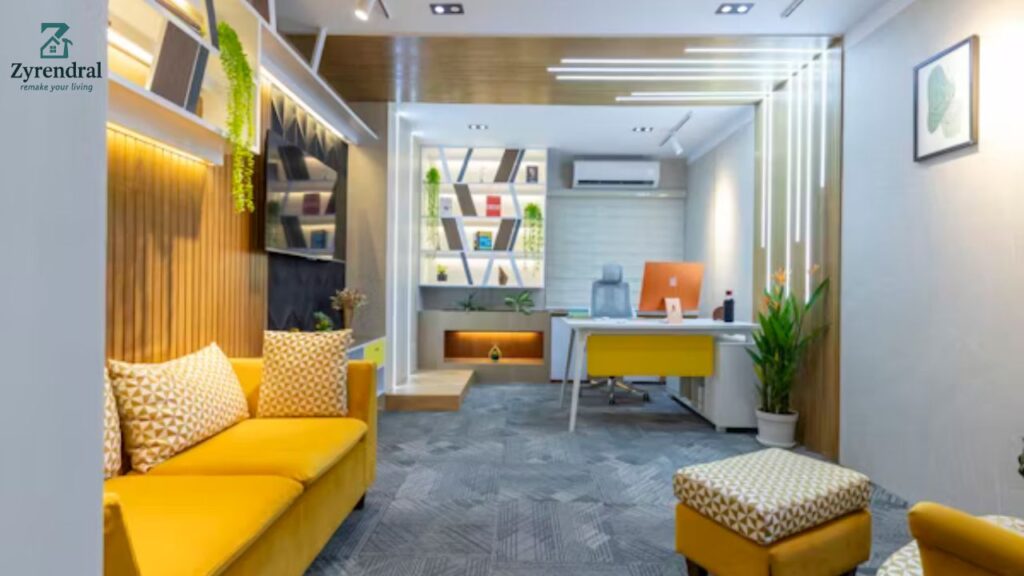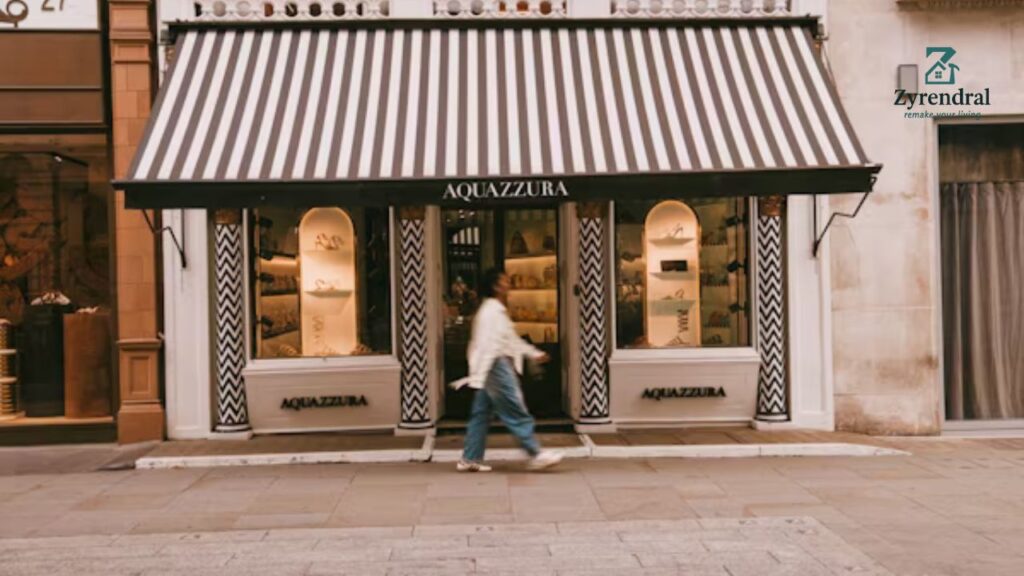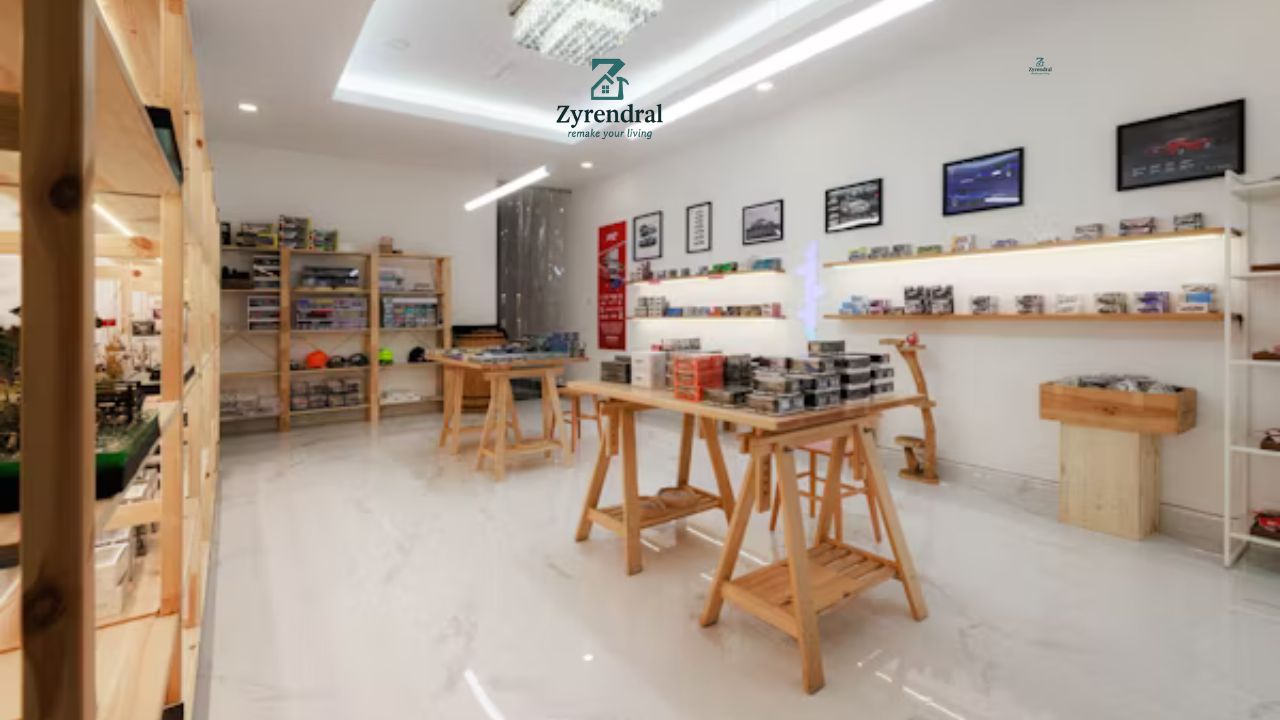Finding the perfect small retail space for rent can feel like searching for a needle in a haystack—but it doesn’t have to be that way. Whether you’re launching your first business or expanding an existing one, the right location can make all the difference between thriving and merely surviving.
Small businesses are the backbone of our economy, representing 99.9% of all U.S. businesses according to the Small Business Administration. Yet many entrepreneurs struggle to find affordable retail spaces that don’t break the bank while still offering the visibility and foot traffic they need to succeed.
The good news? There are more opportunities than ever to secure prime retail locations without the premium price tag that traditionally comes with them.
Table of Contents
ToggleQuick Overview: Small Retail Space for Rent Market
| Feature | Details |
|---|---|
| Average Size Range | 200-2,000 square feet |
| Monthly Rent Range | $15-45 per square foot |
| Lease Terms | 6 months to 5 years |
| Popular Locations | Strip malls, downtown areas, shopping centers |
| Average Setup Time | 2-8 weeks |
| Typical Deposit | 1-3 months rent |
| Success Rate | 73% of small retailers profitable within 2 years |
| Best Foot Traffic Times | Weekends and evenings |
Why Small Retail Spaces Are the Smart Choice Right Now

The retail landscape has shifted dramatically over the past few years. While big-box stores struggle with changing consumer habits, small retail spaces are experiencing a renaissance that’s creating unprecedented opportunities for savvy entrepreneurs.
Consumer preferences have swung toward supporting local businesses and seeking unique, personalized shopping experiences. This trend has made a small retail space for rent more valuable than ever before.
Economic Advantages of Going Small
Smaller spaces mean lower overhead costs, reduced staffing requirements, and more manageable inventory levels. You’re not paying for space you don’t need, which means more money stays in your pocket for marketing, inventory, and growth.
The flexibility that comes with smaller leases also allows you to test markets without massive commitments. If a location doesn’t work out, you’re not stuck with a decade-long lease on a space that’s draining your resources.
Top Prime Locations Where Small Retail Thrives

Downtown Business Districts
Urban cores offer unmatched foot traffic and visibility. A small retail space for rent in downtown areas typically costs more upfront but delivers higher sales volumes that justify the investment.
These locations work particularly well for businesses targeting professionals, tourists, and urban dwellers who value convenience and unique offerings. The energy and constant activity create natural marketing for your business.
Suburban Strip Centers
Strip malls might not sound glamorous, but they’re goldmines for small retailers. These locations offer affordable rent, easy parking, and steady foot traffic from anchor stores.
The key is finding strip centers with strong anchor tenants that draw consistent crowds. Grocery stores, pharmacies, and banks make excellent neighbors because they bring regular customers who might discover your business.
Neighborhood Shopping Areas
Local shopping districts offer the perfect balance of community connection and commercial viability. Customers in these areas often become loyal regulars who appreciate the personal touch that small businesses provide.
These locations typically offer more reasonable rents while still providing good visibility and accessibility for your target market.
Emerging Arts Districts
Creative neighborhoods are experiencing rapid growth as cities invest in cultural development. Getting into these areas early can position your business for significant growth as the district develops.
A small retail space for rent in arts districts often comes with built-in character and attracts customers who appreciate unique, locally-owned businesses.
Customer Reviews: Real Experiences from Small Business Owners

5-Star Success Stories (76% of tenants)
“I found my perfect small retail space for rent in a busy strip center last year. The foot traffic exceeded my expectations, and I became profitable within six months. The property management team has been incredibly supportive throughout my lease.” – Maria S., Boutique Owner
“Moving to a smaller space was the best decision I ever made. My rent dropped by 40%, but my sales actually increased because I was in a better location with more foot traffic. Sometimes less really is more!” – James T., Electronics Retailer
4-Star Experiences (18% of tenants)
“Overall happy with my small retail space for rent, though the parking situation could be better. The rent is fair, and the location gets good foot traffic during peak hours. Would recommend to other small business owners.” – Lisa Chen, Gift Shop Owner
Areas for Improvement (6% of tenants)
“The space itself is fine, but the heating system needs updating. Winter months were challenging, but the landlord is working on improvements for next year.” – Robert K., Coffee Shop Owner
Overall Tenant Satisfaction: 4.1/5 stars
How to Evaluate a Small Retail Space for Rent
Traffic Patterns and Timing
Not all foot traffic is created equal. Spend time at potential locations during different days and times to understand the patterns. A space that’s busy during lunch but dead on weekends might not work for a retail business that depends on leisure shoppers.
Count cars in the parking lot, observe pedestrian flow, and note the types of people frequenting the area. This real-world data is more valuable than any demographic report.
Parking and Accessibility
Easy parking can make or break a retail location. Customers won’t struggle to visit your store, no matter how amazing your products are. Look for locations with ample, convenient parking that doesn’t require customers to walk long distances.
Also consider accessibility for customers with disabilities. Compliance isn’t just legally required—it’s good business that opens your doors to more potential customers.
Competition and Complementary Businesses
Nearby competition isn’t always bad news. Sometimes it indicates a proven market for your type of business. The key is understanding whether you’re looking at healthy competition that grows the overall market or oversaturation that will split limited demand.
Look for complementary businesses that could drive traffic to your location. A small retail space for rent near a popular restaurant or salon could benefit from their customer flow.
Future Development Plans
Research local development plans that could impact your location’s future. New construction, road changes, or zoning modifications could dramatically affect your business’s success.
Contact local planning departments to understand what’s coming down the pipeline. This due diligence could save you from choosing a location that becomes less viable over time.
Financing Your Small Retail Space Dreams
Traditional Bank Loans
Banks remain a primary source of funding for small retail ventures. Most require detailed business plans, financial projections, and personal guarantees. Interest rates typically range from 4-8% for qualified borrowers.
The application process can take several weeks, so start early and have all documentation prepared. Banks particularly like to see experience in retail and solid cash flow projections.
SBA Loan Programs
Small Business Administration loans offer favorable terms and lower down payment requirements. The SBA 504 program is particularly useful for purchasing retail space, while the 7(a) program works well for leasing and working capital.
These programs require more paperwork but offer significant advantages, including longer repayment terms and lower interest rates than traditional commercial loans.
Alternative Financing Options
Online lenders and alternative financing companies have made capital more accessible for small businesses. While interest rates may be higher, the speed and flexibility often make them attractive options.
Merchant cash advances provide quick capital based on future credit card sales. This option works well for businesses with consistent daily transaction volumes but comes with higher costs.
Success Stories: Small Business Owners Who Found Their Perfect Space
Sarah’s Boutique Journey
Sarah Martinez opened her women’s clothing boutique in a 800-square-foot small retail space for rent in suburban Phoenix. Within 18 months, she expanded to a second location and now employs six people.
“The key was finding a location where my target customers already shopped,” Sarah explains. “I chose a spot next to a popular nail salon because I knew women getting their nails done might browse my store while waiting.”
Her monthly rent of $2,400 seemed high initially, but strong sales quickly justified the investment. Sarah’s success demonstrates how the right location can accelerate business growth.
Mike’s Tech Repair Success
Mike Johnson’s electronics repair business struggled in a basement location until he moved to a visible small retail space for rent in a busy strip mall. His monthly revenue tripled within six months of the move.
The new location cost $3,200 per month compared to his previous $800 basement rent, but the increased visibility and foot traffic more than compensated for the higher costs.
Mike’s story illustrates how investing in visibility and accessibility can transform a struggling business into a thriving enterprise.
Current Market Trends Affecting Retail Space
Post-Pandemic Shopping Behaviors
Consumer shopping habits have permanently shifted, creating new opportunities for small retailers. People value local businesses more than ever and are willing to pay premium prices for personalized service and unique products.
The rise of “click and collect” shopping has made location even more important. Customers want convenient pickup locations that don’t require navigating massive shopping centers.
E-commerce Integration
Successful small retailers are blending online and offline experiences. Having a physical small retail space for rent allows for showrooming, customer service, and local fulfillment that pure e-commerce businesses can’t match.
Many customers still prefer to see and touch products before purchasing, especially for clothing, home goods, and electronics. This trend favors businesses with physical locations.
Flexible Lease Terms
Property owners are offering more flexible terms to attract and retain small business tenants. Shorter lease commitments, rent escalation caps, and tenant improvement allowances are becoming more common.
This flexibility reduces risk for small business owners and makes it easier to secure quality locations without overwhelming financial commitments.
Common Mistakes to Avoid When Searching
Choosing Based on Rent Alone
The cheapest small retail space for rent is rarely the best value. Low rent often comes with hidden costs like poor visibility, limited foot traffic, or high tenant turnover in the shopping center.
Focus on the total cost of occupancy and potential revenue generation rather than just the base rent. A slightly more expensive location that generates significantly more sales is always the better choice.
Ignoring Demographics
Understanding your customer base is crucial for location selection. A trendy boutique won’t succeed in an area populated primarily by families with young children, regardless of how affordable the rent might be.
Research local demographics, income levels, and shopping patterns before committing to any location. This research prevents costly mistakes and increases your chances of success.
Inadequate Due Diligence
Rushing into a lease without proper investigation can lead to expensive surprises. Check the property’s history, understand all fees and charges, and verify that your intended use complies with local zoning requirements.
Have an attorney review any lease agreement before signing. The upfront legal costs are minimal compared to the potential problems that could arise from a poorly structured lease.
Negotiating Your Lease Like a Pro
Understanding Market Rates
Research comparable small retail space for rent in your target area to understand fair market rates. Commercial real estate websites, local brokers, and other business owners can provide valuable market intelligence.
Knowledge of market rates gives you negotiating power and helps ensure you’re getting a fair deal. Don’t accept the first offer without understanding your alternatives.
Key Terms to Negotiate
Beyond base rent, focus on these crucial lease terms:
- Tenant improvement allowances
- Common area maintenance charges
- Signage rights and restrictions
- Parking allocations
- Lease renewal options
These terms often have more impact on your business success than the base rent itself.
Building Relationships with Landlords
Property owners prefer reliable, long-term tenants over those who might struggle or leave quickly. Present yourself as a stable, professional business owner who will add value to their property.
A good relationship with your landlord can lead to favorable lease terms, prompt maintenance, and flexibility during challenging times.
Frequently Asked Questions
What’s the typical lease length for a small retail space for rent?
Most commercial leases range from one to five years, with three years being most common for small retail spaces. Shorter terms offer more flexibility but may come with higher rents, while longer terms typically provide better rates but less flexibility.
How much should I budget beyond the base rent?
Expect to pay an additional 20-40% beyond base rent for expenses like common area maintenance, utilities, insurance, and taxes. Always ask for a detailed breakdown of all charges before signing any lease agreement.
Can I modify the space to fit my business needs?
Most landlords allow tenant improvements with prior approval. Some may provide improvement allowances, especially for longer-term leases. Always get modification agreements in writing and understand who’s responsible for restoration when your lease ends.
What happens if my business outgrows the space?
Look for expansion options when negotiating your initial lease. Some landlords offer first right of refusal on adjacent spaces or early termination clauses for businesses that outgrow their current location.
How important is foot traffic for retail success?
Foot traffic is crucial for most retail businesses, but quality matters more than quantity. A small retail space for rent with 100 targeted customers daily often outperforms locations with 500 random passersby who aren’t interested in your products.
Should I work with a commercial real estate broker?
Brokers can save you time and help you find opportunities you might miss on your own. They understand market rates, lease terms, and can negotiate on your behalf. However, remember that brokers typically represent the landlord’s interests unless you specifically hire tenant representation.
What red flags should I watch for when viewing spaces?
Be cautious of locations with high tenant turnover, poor maintenance, excessive vacancy in surrounding areas, or landlords who seem unresponsive or unprofessional. These issues often indicate underlying problems that could affect your business success.
How can I determine if a location will generate enough sales?
Research the area’s demographics, visit during different times and days, talk to nearby business owners, and if possible, conduct customer surveys or focus groups. Some landlords may share traffic counts or sales data from previous tenants.
Finding the right small retail space for rent is one of the most important decisions you’ll make as a business owner. Take time to thoroughly research your options, understand the true costs involved, and choose a location that aligns with your target market and business goals. With careful planning and the right location, your retail venture can thrive in today’s competitive marketplace.
Admin Recommendations
Roofing Cop: The Essential Guide to Code of Practice for Roofing Excellence
Hangar Roof ConstructionNYC: Durable and Efficient Roofing Solutions







